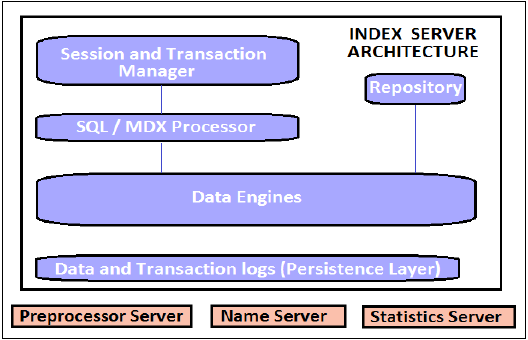Learn IT Training is a dynamic SAP training podium which provides you
virtual environment with effective learning experience by industry experts
across India, USA, Canada, Australia, and UAE & UK. We impart technology which
takes you to improved performance and focus on growth and innovation.
The career
in SAP HANA enriching and would go a long way. SAP HANA training has become the fastest growing software product
in the world. There are endless opportunities and depending on your background
you might want to take a different path to success. Having SAP HANA
certification will increase your chance of getting hired.
SAP
HANA powers a complete set of applications such as SAP Accelerated Trade Promotion
Planning, SAP Collection Insight, SAP Convergent Pricing Simulation, SAP
Customer Engagement Intelligence, SAP Demand Signal Management, SAP Assurance
and Compliance Software, SAP Liquidity Risk Management, SAP Operational Process
Intelligence and SAP Tax Declaration Framework for Brazil.SAP HANA Server Consists of
- Index server
- Pre processor server
- Name server
- Statistics server
- XS engine
- SAP HANA Database Main server is index server. Detail of each server is as below:
- It's the main SAP HANA database component
- It contains actual data stores and the engine for processing the data.
- Index Server processes incoming SQL or MDX statement. (Learn database concepts from SQL server training)

Session and Transaction Manager: Session
Component manage sessions and connections for SAP HANA database. Transaction
Manager coordinates and control transactions.
SQL and MDX Processor: SQL
Processor component queries data and send to them in query processing engine
i.e. SQL/SQL Script / R / Calc Engine. MDX Processor queries and manipulates
Multidimensional data (e,g. Analytic View in SAP HANA)
SQL / SQL Script / R / Calc Engine: This
Component executes SQL / SQL script and calculation data convert in calculation
model.
Repository: Repository maintain
the versioning of SAP HANA metadata
object e.g. (Attribute view, Analytic View, Stored procedure).
Persistence layer: This layer
uses in-built feature "Disaster Recovery" of SAP HANA database.
Backup is saved in it as save points in the data volume.
2. Processor server
This
server is used in Text Analysis and extracts data from a text when the search
function is used.
3.
Name Server
This
Server contains all information about the system landscape. In distributed
server, the name server contains information about each running component and
location of data on the server. This server contains information about the
server on which data exists.
4. Statistic Server
Statistic
server is responsible for collecting the data related to status, resource
allocation / consumption and performance of SAP HANA system.
5. XS Server
XS Server contains XS Engine. It allows external application
and developers to use SAP HANA database via the XS Engine client. The external
client application can use HTTP to transmit data via XS engine for HTTP server.
SAP HANA Sizing
Sizing is a term which is used to determine hardware
requirement for SAP HANA system, such as RAM, Hard Disk and CPU, etc.
The main important sizing component is the Memory, and the
second important sizing component is CPU. The third main component is a disk,
but sizing is completely dependent on Memory and CPU.
In SAP HANA implementation, one of the critical tasks is to
determine the right size of a server according to business requirement. Learn
advanced database concepts from SAP S/4HANA training. SAP HANA DB differs in sizing with normal DBMS in terms
of:
- Main Memory Requirement for SAP HANA (Memory sizing is determined by Metadata and Transaction data in SAP HANA)
- CPU Requirement for SAP HANA (Forecast CPU is Estimated not accurate).
- Disk Space Requirement for SAP HANA (Is calculated for data persistence and for logging data)
Sizing using SAP ABAP
report.
Sizing using DB Script.
Sizing using Quicksizer Tool.
Learn more about SAP HANA from experienced professionals by
Learn IT Training register here for
free demo.
For more details visit: www.learnittraining.com
Email: contact@learnittraining.com
Contact:INDIA +91 9912989639 USA +12108585008



Comments
Post a Comment